Light Blockers
No reviews


Versatility:Suitable for various rooms, Roman shades can complement both modern and traditional interiors. It's versatile due to its adaptability in style, fabric, and functionality.
Light Control and Privacy:The ability to be fully raised, lowered or positioned at different heights provides unparalleled control over the amount of natural light.
Energy-efficient:Roman shades come with a lining that prevents solar heat gain in hot climates, helping to keep interiors cooler. In cold climates it blocks cold drafts, helping to reduce energy consumption.
Aesthetics and Functionality:Blending aesthetics and functionality, the neutral tone and soft pleats add a touch of sophistication to the room.

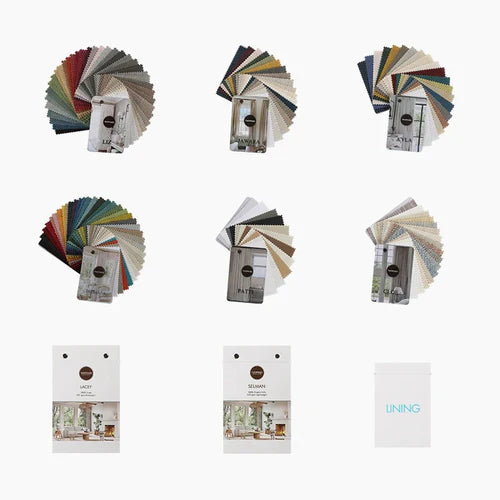
Carefully chosen for their exquisite beauty, texture, and light-filtering qualities, these fabrics possess the ability to effortlessly elevate a room, gracing it from floor to ceiling.
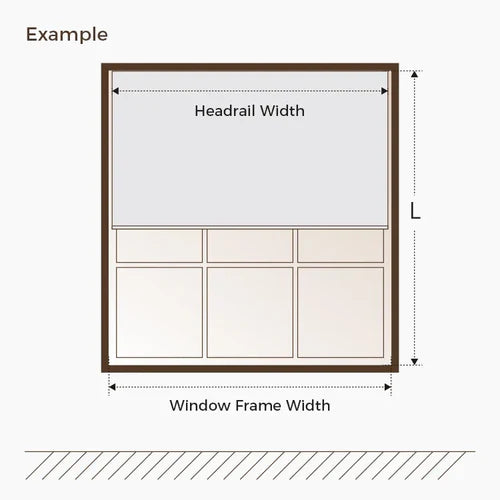
Luxury, classic, casual tone. Whichever style suits you, set yourself up for success with our guide to measuring and placing your curtains.
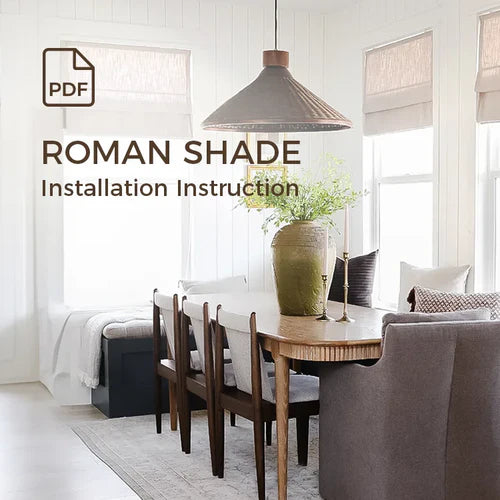
Whether you're a seasoned DIY enthusiast or a first-time installer, this step-by-step guide will help you achieve a perfect fit and finish for your Roman shades.
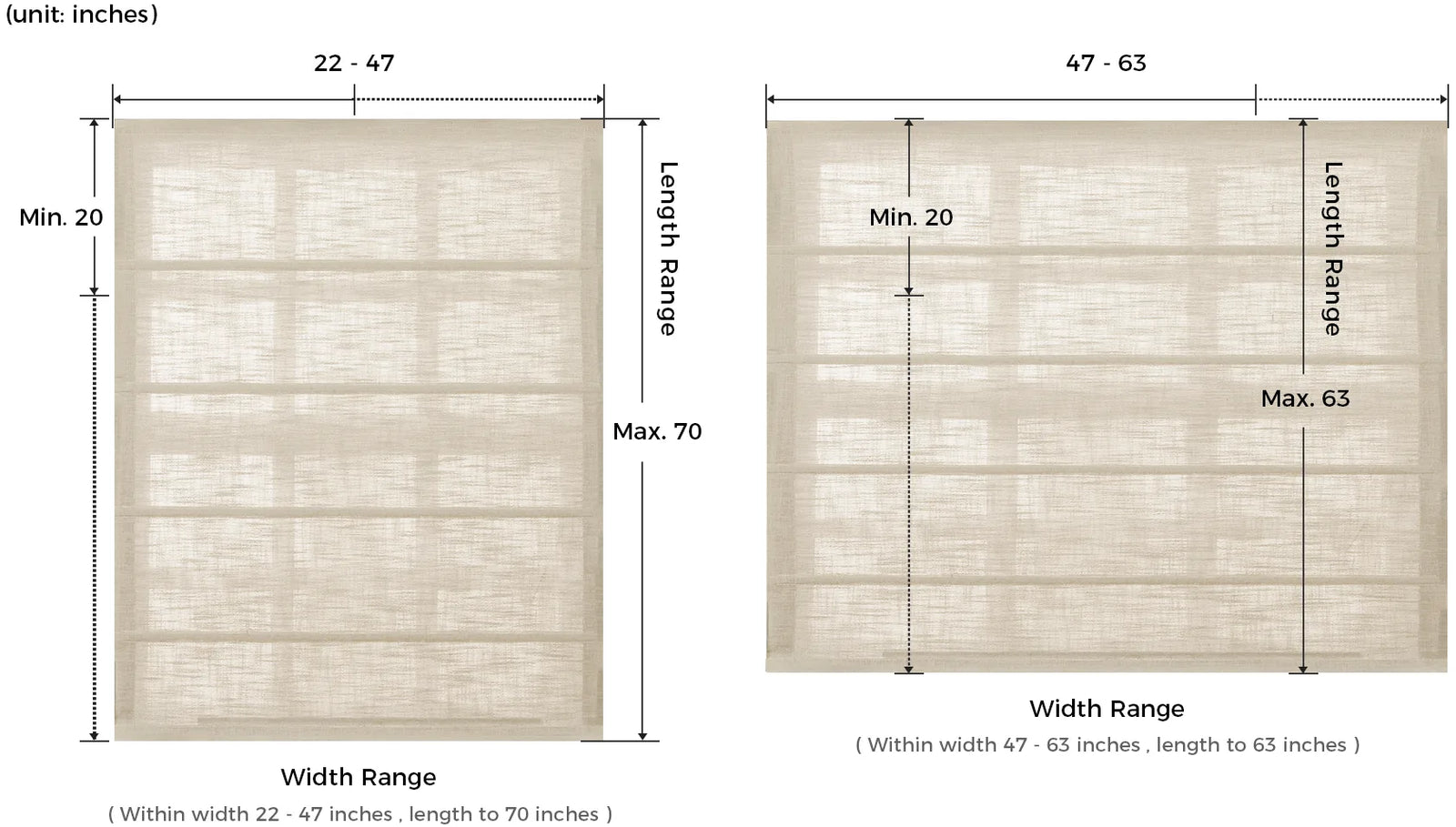
Shading Rate of Different Liners.
| Unlined | Privacy | Room Darkening | Blackout |
|---|---|---|---|
| sunlight pass through | 60-80% | 75-90% | 98% |
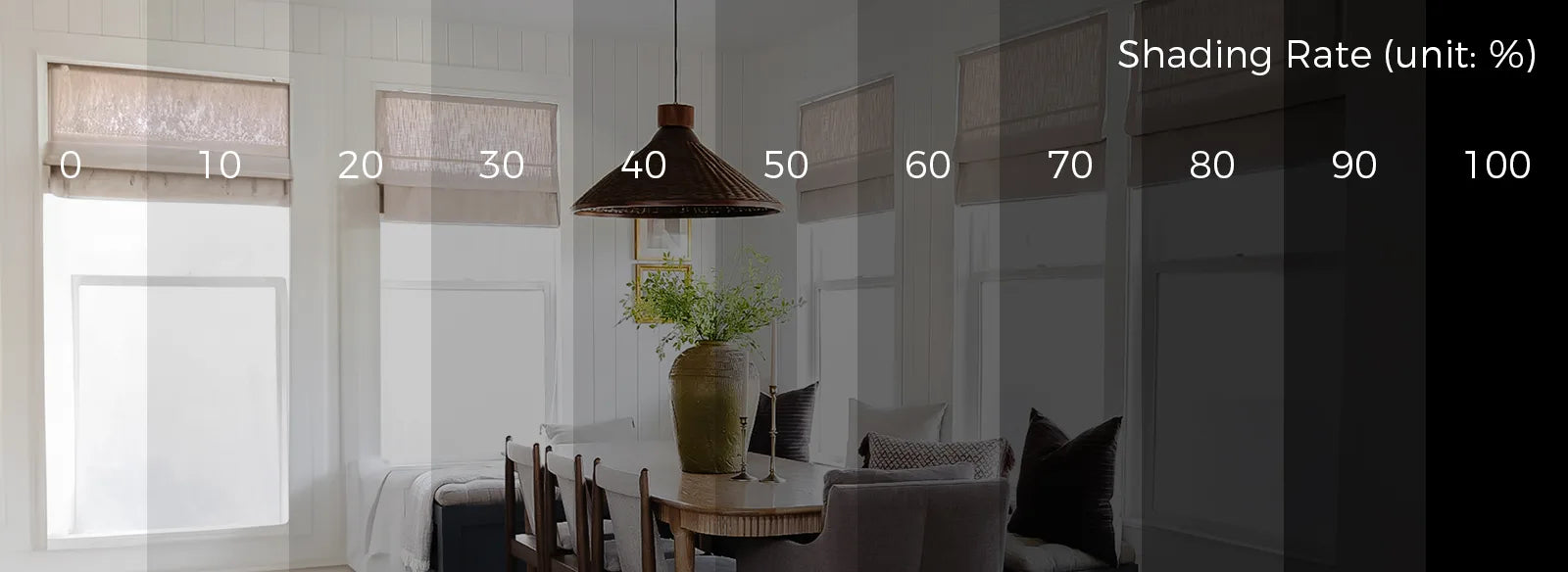
The stack height will vary slightly based on the size of the Roman blinds as well as the fold type. The stack height will vary from 9 inches to 14 inches, with taller shades having a larger stack height.
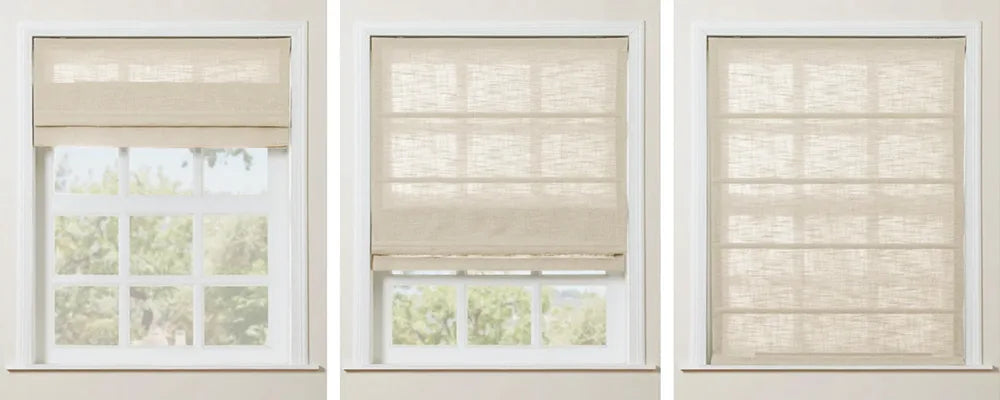
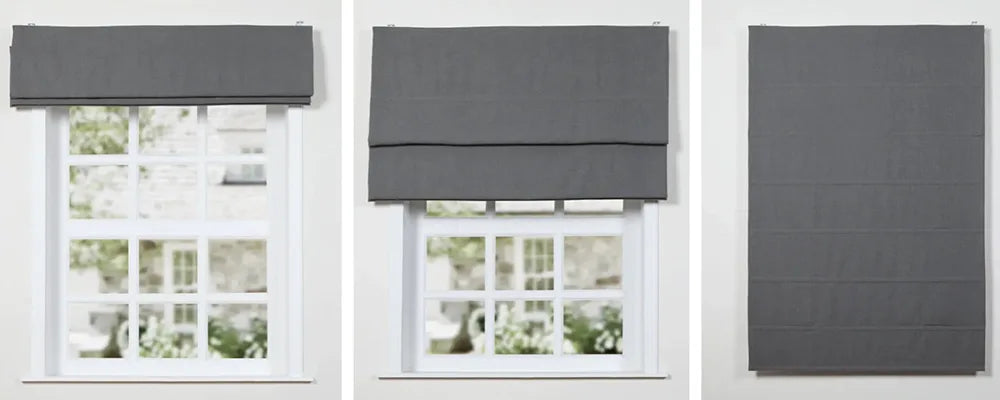
For window frame depths less than 2 “
Measure window width including mouldings and add ½”
Measure window height including mouldings and add 3"
Yes. If your window casing width is 50", you should order width 49-5/8".(deduct 3/8 inch by yourself)
Yes. The Measurement Finder has already helped you subtract ⅜ inch.
For window depths at least 2.5"
Use this text to answer questions in as much detail as possible for your customers.
Less is more. In the context of interior design, neutral means without color. Neutrals such as beige, ivory, taupe, black, gray, and shades of white appear to be without color. but in many applications these hues often have undertones. Be aware of these underlying tones as you match colors. Neutral colors are muted shades that appear to lack color but often have underlying hues that change with different lighting. To some extent, blacks, browns, tans, golds, and beige are considered warm. Cooler colors, on the other hand, are white, ivory, silver, and gray.